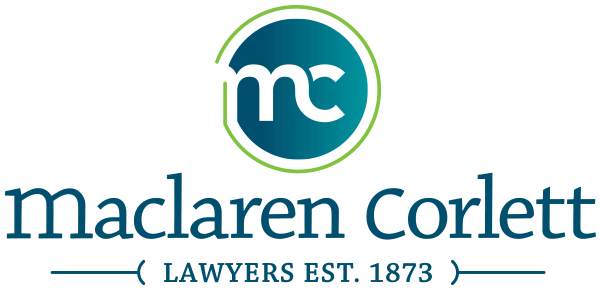So You’ve Been Appointed an Estate Trustee (aka Executor), Now What? – Part 3
Reminder: this series of blog posts assumes the deceased died with a Will. Also, keep in mind that the normal caveat applies: this information only applies to estates administered in Ontario and should be used as a guide only! Speak with a lawyer about your specific situation, as every case is different.
At this point, you’ve applied for probate and received your Certificate of Appointment of Estate Trustee with a Will (“Certificate”) (see Part 1 and Part 2 of this series); now you can begin to actually administer the estate!
Depending on the Will, the administration of the estate will vary in complexity, and your estates lawyer will assist you with this, but in general terms you will need to focus on the following three elements:
- Distribution of assets;
- Keeping an estate accounting; and
- Taking care of the taxes
Distribution of assets
You will need to follow the instructions of the Will, to the letter, and in the correct order of distribution. That means that any specific bequests (i.e. “I leave my diamond engagement ring to my daughter, Rose”) need to be distributed first. Once those have been distributed you can move on to the residue of the estate: what is left over after all the specific bequests have been made.
Before you start writing cheques, make sure you consider the following:
- If you haven’t done it already, you will need to open an Estate bank account. This should be done with the deceased’s bank; visit a bank branch with your Certificate and the bank should help you the rest of the way. This account will be for estate funds only and will make it easier for you to complete an Estate accounting (more information on that next time).
- If the house, car, boat and any other property owned by the deceased weren’t specifically left to someone, or weren’t held in joint names with someone (thereby keeping it out of the estate itself) they will need to be sold. Do this with the appraisals in mind; you have a responsibility to the Estate to sell the property for a reasonable price. The sale funds should then be deposited to the Estate bank account for distribution.
- Like the home and car, any other tangible property of the deceased that wasn’t specifically left to someone (for example, clothes, jewelry, household goods) should be sold whenever possible, as these things also make up part of the residue of the estate and cannot be divided until they are liquidated. Again, any sale funds earned should be deposited into the Estate bank account for distribution.
- If the deceased had multiple bank accounts consider consolidating all of the funds into the one Estate bank account, for easy handling.
- Finally, you can’t just distribute all of the funds down to a zero balance right away. You will need to hold back enough money to pay your estate lawyer’s legal fees, the accountant’s fees, any money that might be owing to the Canada Revenue Agency, as well as a small cushion for any other expenses that the Estate may have before its wound up. Again, your Estate lawyer will be able to help you determine how much of a holdback is appropriate for your specific Estate.
To protect yourself as the Estate Trustee, each and every distribution should have an accompanying Receipt and Release document which the recipient beneficiary signs, acknowledging receipt of the item(s) or funds and releasing you, as Estate Trustee, from all further liability in relation to that distribution, before they actually receive the item(s) or funds. Your estates lawyer can help you with this.
Next time: Estate accounting and taking care of taxes.



